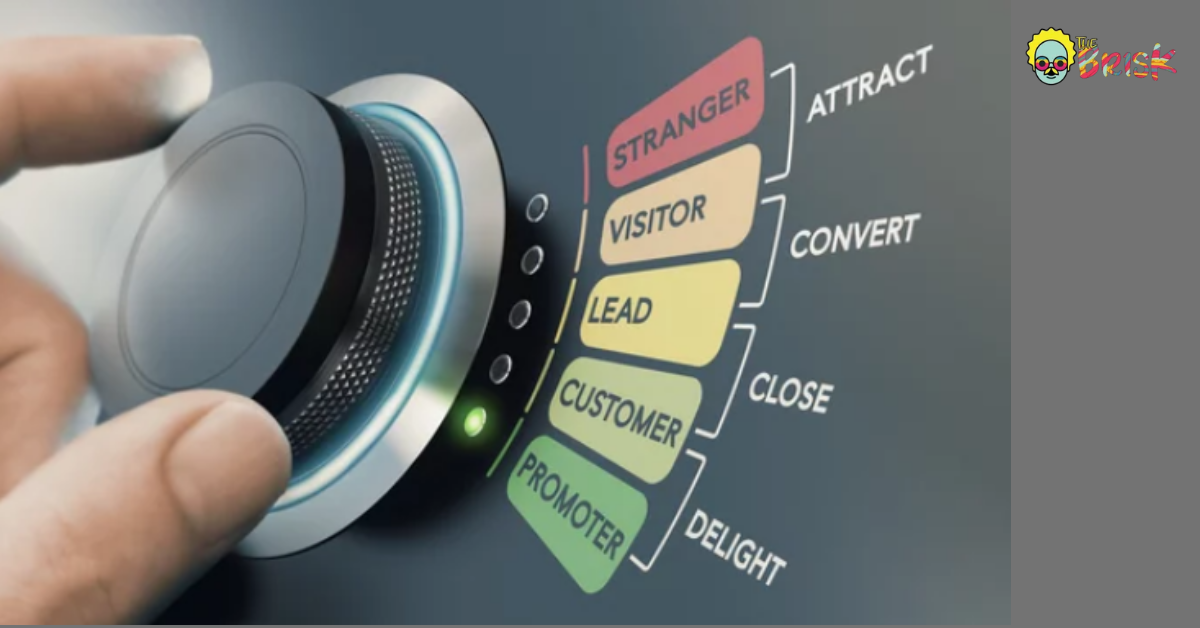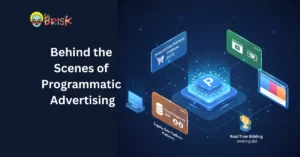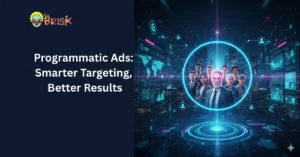Understanding the conversion funnel is similar to having a map to a location. A map makes it easy not only to go to where you want to go but also to picture the complete journey from beginning to end.
Similarly, a successful conversion funnel will eventually make it easier to improve your promotional efforts across the board due to those well-defined and detailed recommendations.
Conversion Funnel: An Overview
A conversion funnel is an economic term that refers to the many phases of a buying cycle that lead up to a purchase. The funnel analogy depicts the steady drop of potential clients as they progress through the conversion journey.
Every lead begins at the top of the funnel. Consumers go down as they learn more about your company and get closer to acquiring your product or service.
This conversion process is known as a funnel because businesses frequently have more leads than customers, resulting in a bigger pool of people at the top of the funnel than at the bottom.
Knowing how individuals go through your sales funnel is critical for being a great marketer or salesman since it enables you to engage prospects, respond to questions about your company, and resolve issues.
It also allows you to categorize leads and develop consumer touchpoints to tempt each segment to convert.
Importance of Conversion Funnel
The sales funnel depicts the path your clients will follow to buy your goods or services. Analyzing your sales funnel will help you understand how it works and where it fails. It will also help you find the gaps in the various stages of your sales funnel.
Knowing your sales funnel will allow you to affect how prospects travel through it and whether they become paying clients.
It will also reveal what consumers are thinking and doing at each point of the sales funnel, allowing you to engage in marketing efforts that attract more potential customers, produce more relevant messages at each stage of the sales funnel, and turn more possibilities into customers.
The Four Key Components of a Conversion Funnel
Although the form of your marketing funnel may vary depending on the specific business you run, it is commonly divided into four stages: “awareness,” “interest,” “desire,” and “action.”
The goal of creating a conversion funnel is to have more individuals go through each stage and eventually complete the last step or take the desired action.
Even though each stage of the funnel has a different impact on them, such as attracting new visitors or increasing their interest in your items, the main aim is to get them to the ultimate conversion stage.
1. Awareness
This first stage focuses on initiatives that help you reach out to new audiences and introduce them to what you do and provide. Segmentation is critical to this process.
Targeting and enticing the incorrect audience will reduce your conversion rate while wasting time and marketing expenditures.
Your website, mailings, and other content will also be used to position your business as the preferable choice, the expert on “the subject.”
Your aim is to create significant interaction with your leads and pique their attention enough for them to provide you with their contact information.
2. Interest
The second step of the sales funnel is interest. The prospect has learned about your firm, your branding, and your products and services at this stage, and they have opted to assess them depending on their degree of interest.
At this point, you should create high-quality content that educates and teaches prospects without directly selling to them.
If your sales technique becomes too forceful or aggressive during this stage, you might turn off the prospect and force them to leave.
Your material should display your knowledge while also assisting the prospect in making an educated selection.
3. Decision
Decision is the third stage of the sales funnel. Now that the buyer is ready to buy, he or she may be contemplating many possibilities before making a decision.
This is when they will compare cost, packages, and other aspects to choose which option is best for them.
You should make your best offer at this point. You may, for example, provide free delivery, a discount voucher, or an extra product when customers place their order.
The idea is to make the offer enticing so that the potential client will want to proceed and select your offer.
Your content can persuade the client to take action. Sales websites, webinars, or phone calls might all assist in converting a prospect into a client.
4. Action
The sales funnel’s last stage is action. This is the stage at which a prospect becomes a customer by purchasing your product or service.
If the consumer purchases the product, they have entered into the system of your organization.
This procedure continues even after the transaction is completed. Your objective is to concentrate on client retention so that the consumer makes repeat or future transactions.
Your material should aid in the development of consumer loyalty. For example, thank the consumer for their purchase, ask for feedback; give after-purchase help, request them to sign up for your email newsletters; or register them in a loyalty program.
Customize Your Funnel for the Customer
While the customer journey is more complicated, knowing how conversion funnels function might help to enhance the flow.
It may assist you in optimizing your funnel, attracting more leads, converting them to customers, and increasing your bottom line. All of this, though, necessitates removing as much friction as possible.
Determine what is appropriate for your specific sales cycle and leverage your existing content and platforms to keep in contact.
Make sure your clients appreciate your company and want to return, since you never know who they’ll introduce to the top of the funnel.
Conclusion
Look at it this way: building a sales and marketing funnel following the process outlined above is a difficult task. This isn’t a job you’ll do in one day; it’s something you’ll want to work on as often as your firm is in operation.
According to The Brisk, developing a marketing funnel is not an easy task, but it is one of the few options you have to enhance your quality and productivity when completing business.




No Comments